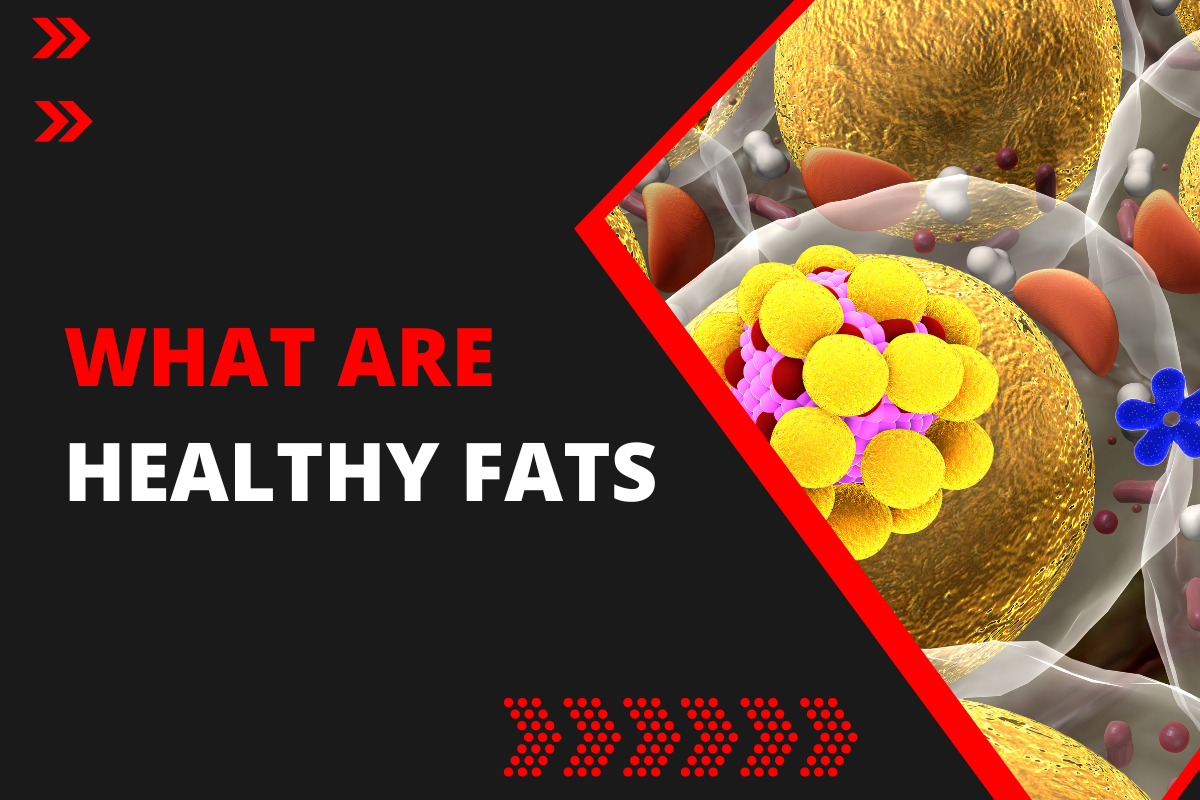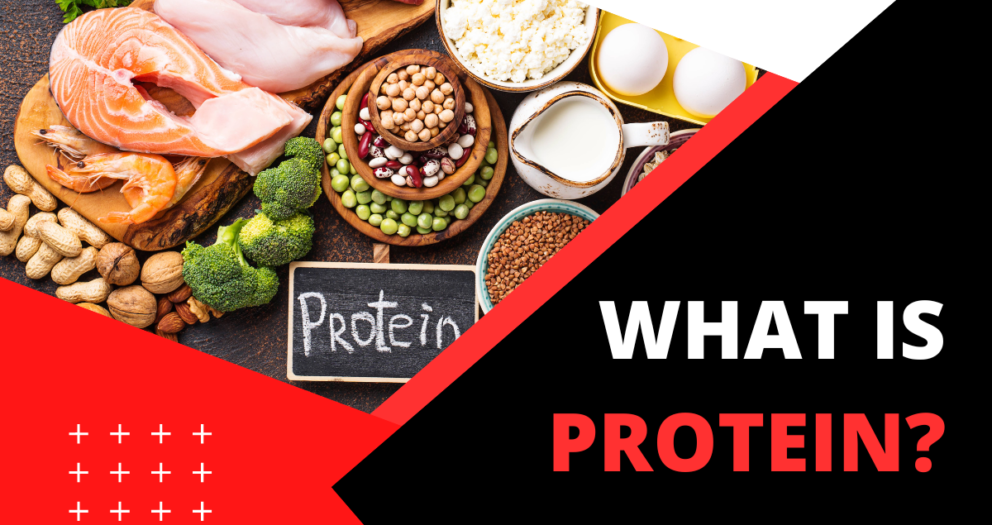We previously discussed different types of fats and the foods that contain those fats. However, there is a lot of conflicting information out there when it comes to what fats we should eat more and what fats we should avoid. First this we need to understand is:
There is no superfood. Healthy foods need to be consumed in moderation. Unhealthy food needs to be avoided completely.
The same principles apply to fat. We already discussed different types of fat. For comparison we will discuss the advantages and disadvantages of all types of fats. We will also discuss how much of each needs to be consumed.
Saturated Fatty Acids (SFA):
The main source of these fatty acids are animal based products such as meat, beef, butter, coconut oil and palm oil. The Dietary Guidelines of NIH recommend between 7 to 10% of daily calories to be from saturated fat. That is close to 140 to 200 calories (15 to 22 g) of SFA only. Higher levels of saturated fat has been linked with higher production of LDL or “bad cholesterols” in the bloodstream which is associated with elevated risk of cardiovascular disease. Due to this reason, consuming too much meat or butter or full fat dairy products are not recommended.
Monounsaturated Fatty Acids (MUFA):
The best example of monounsaturated fats, and the most abundant fatty acid in this category is Oleic Acid, which is an Omega 9 and is the dominant component of Extra Virgin Olive Oil, Avocado Oil and Macadamia nuts. The MUFA with their particular chemical structure are one of the healthiest types of fatty acids and they are abundantly linked with lower levels of LDL and higher levels of HDL (good cholesterol) in the body. The recommended daily intake of MUFA is between 10-25% which is equivalent to 22-55 g of MUFA. As with any other types of healthy macronutrients, it is not advised to exceed the recommended daily intake since fats are high in calories and consuming too much of it can cause obesity and extra weight gain.
Polyunsaturated Fatty Acids (PUFA):
The most common type of PUFA is Linoleic Acid , an Omega-6 fatty acid which is abundantly found in seed oils such as sunflower seeds, safflower seeds and corn. This fat is one of the mostly commonly consumed fatty acids especially in processed and fried food. The other example of PUFA is Alpha Linolenic Acid which is a common Omega-3 fatty acid. In other words, both Omega-3 and Omega-6 fatty acids are PUFAs. Omega-3 is widely regarded as a healthy fatty acid associated with improved brain function and cardiac health. On the other hand, consuming too much of Omega-6 is not recommended since it is linked with higher inflammation and other health issues. The recommended daily intake of PUFA is 6 to 10% (equivalent to 13 to 22 g per day).
Trans Fatty Acids (TFA):
Trans Fats chemical structure and their creation has been already explained earlier in Different Types of Fats. The trans fats are generally associated with obesity, higher levels of estrogens, cardiovascular disease, oxidative stress, and inflammation which can render them carcinogenic. The NIH and WHO highly recommend not using trans fat as part of one’s diet.
Conclusion:
Although we reviewed and proposed the recommended dose of each of the fatty acids, it is very difficult to scale and measure the amount of fatty acid taken from different foods. This is due to the fact that the majority of fat sources we take contain all of the three major fatty acid groups all at once. Therefore, it is important to gauge and limit the amount of fat consumed on a daily basis to prevent the undesirable effects of unhealthy fats in your body. For more information and consultation on the daily consumption of all types of fat, please do not hesitate to contact our nutrition experts.








Leave a Reply